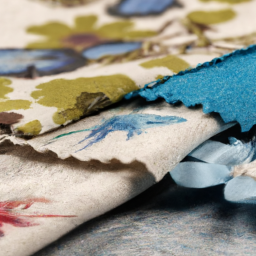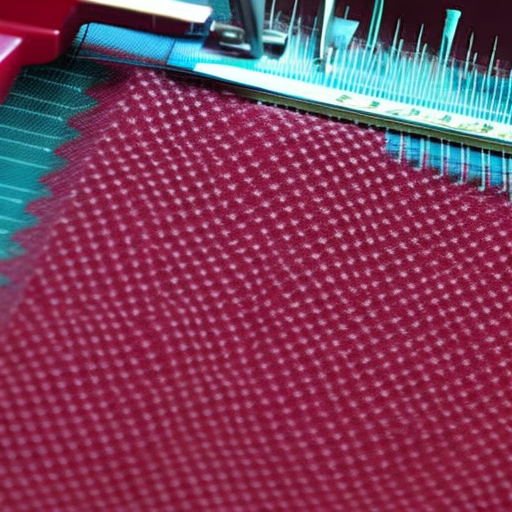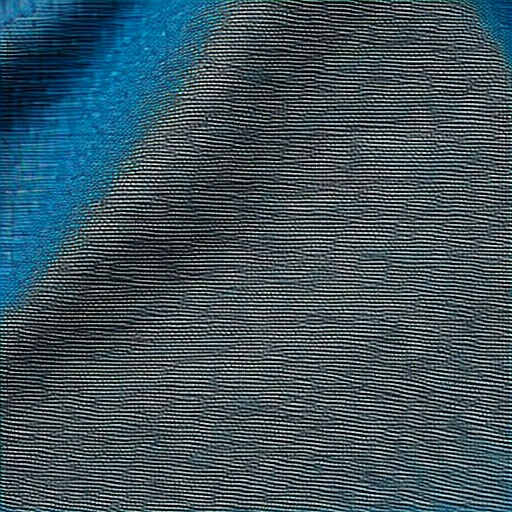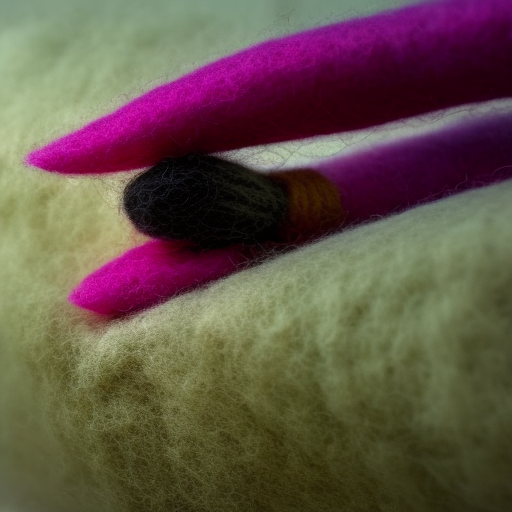

Introduction
Sewing thin fabric can be a challenge if not approached with the right techniques and tools. Delicate fabrics like silk, chiffon, and organza require special care to prevent damage and ensure a professional finish. If you’re planning to sew with thin fabric, here are some useful tips to help you achieve beautiful results.
Choose the Right Needle
When sewing thin fabric, it’s essential to use a fine needle that won’t leave large holes or snag the delicate threads. Opt for a size 9 or 11 needle, specifically designed for lightweight fabrics. A sharp needle is also crucial to achieve clean, precise stitches.
Use Fine Thread
Just like the needle, the thread you use should be fine and lightweight. Look for high-quality polyester or silk threads that won’t add unnecessary bulk to your thin fabric. Avoid using heavy threads, as they can cause the fabric to pucker or break.
Controlled Tension is Key
Adjusting the tension on your sewing machine is critical when working with thin fabrics. Experiment with different tension settings, gradually increasing or decreasing until you achieve a well-balanced stitch. Test on scrap fabric before starting your project to avoid any fabric puckering or gathering.
Use a Sharp Pair of Scissors
Invest in a good pair of sharp fabric scissors specifically designed for cutting thin materials. Dull scissors can cause frayed edges, making it challenging to sew accurately and neatly. Keeping your scissors sharp will help you achieve clean cuts, enhancing the overall appearance of your project.
Stabilize the Fabric
Thin fabrics tend to be slippery and can easily shift during sewing. To avoid this, use a stabilizer like lightweight interfacing or tissue paper. Place it under or on top of the fabric, depending on your project’s requirements. The stabilizer will provide the necessary support and prevent stretching or distortion.
Practice Proper Seam Finishes
Since thin fabrics are often sheer or semi-transparent, it’s crucial to consider how the seams will look from the outside. Experiment with different seam finishes such as French seams, narrow hems, or serging to achieve a professional and sleek look. Choose a finish that suits your fabric type and desired appearance.
Take Your Time
Working with thin fabric requires patience and careful attention to detail. Take your time during cutting, pinning, and sewing to ensure accuracy and prevent mistakes. Rushing through the process can lead to uneven seams or fabric damage, compromising the final outcome.
Conclusion
Sewing with thin fabric may be challenging, but with the right techniques and tools, you can achieve stunning results. Remember to select appropriate needles and threads, use controlled tension, invest in sharp scissors, stabilize the fabric, practice proper seam finishes, and take your time. By following these tips, you’ll be able to sew thin fabric with confidence and create beautiful garments or accessories.





I’ve recently been having trouble with sewing thin fabrics!
Jada Castro: Me too! It is so frustrating. #SewingDifficulties
Alyssa Sanchez: #SewingTips Have you tried using a smaller needle and stretching the fabric slightly as you sew? It helped me a lot when I was working with thin fabrics.
I’ll definitely give that a try! #Grateful #SewingTips
This is such a great tip! #Grateful #SewingSuccess